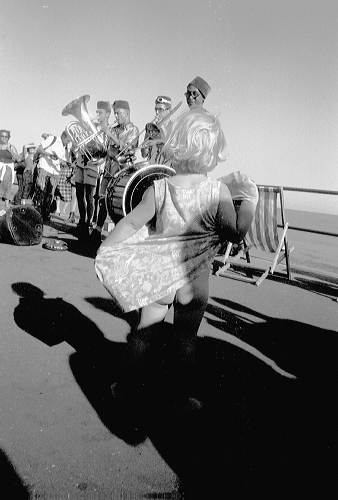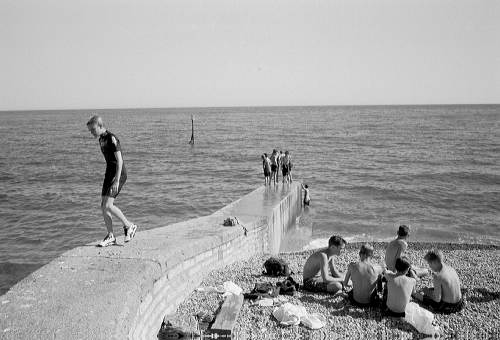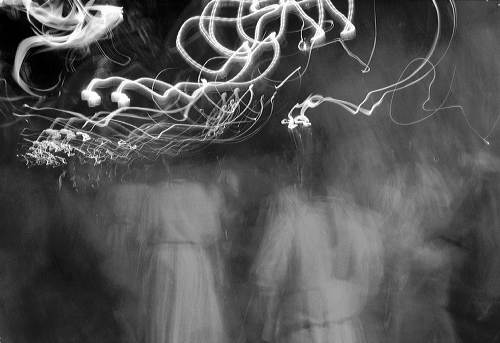It’s a shame that the Pancake Race is unlikely to feature in the London 2012 Olympics, because it’s perhaps the one sport in which Britain still leads the world, and we seem to have plenty of talent in training. I had decided to give pancakes a little of a rest this year (and I’ve never been a great fan of eating the things) but couldn’t resist a couple of pancake-related events, the first of which was the Shrove Tuesday Pancake Race organised by the Worshipful Company of Poulters, and held – with the permission of the Chief Commoner, in the Guildhall Yard.
This is a highly organised event with a large number of timekeepers and other officials, who ensure that the rules are kept and time penalties are levied for those who toss their pancakes outside the prescribed zone or fail to toss them at all, and for ladies whose dress is above the knee.
This is a charity event, run in support of the Lord Mayor’s Charities, but despite a great deal of fairly reserved fun, the truly competitive nature of the city emerges in these inter-livery races. Although the rules are old-fashioned – in the masters race those taking part wear their badges and robes and skirts or dresses are required for the ladies race, the times are impressive.

Photographically there are plenty of moments to catch, but two gave me a special satisfaction, though I don’t think they are the best pictures I took. The races are started using a small cannon, and I just caught the right moment when the event was started, with a flame and smoke coming from the barrel. I could have done with ear-protectors too!
Another slightly unusual moment came during one of the races. Each heat had 4 people taking part, and halfway down the course they had to stop and toss their pancake, before running to the end turning round and doing the same on the way back. In one race the four were more evenly matched than most and arrived in the tossing zone together and I got a picture with 4 pancakes. The man closest to me had been the first to toss, and has just failed to catch his pancake cleanly – he managed to grab it with his left hand in the next frame that I took (not on line.)

So although it may not be a great photograph, it is a bit like hitting a jackpot on a fruit machine, where all the dials have ended up on a pancake!
The guilds are a part of our ancient traditions, but this race is only in its fifth year, and I’ve photographed three of these and put the pictures on My London Diary (and as I was taking pictures, someone said “you’re the man with the web site”.) As well as this year’s pictures, you can also see those from 2008 and 2007.




























